Mouth taping has moved from a fringe sleep hack to a talking point in bedrooms, gyms, and dental clinics. Among the products people mention, one name keeps cropping up. Not everyone agrees on whether it is a miracle fix or simply a useful nudge toward better habits, but the volume of user stories is large enough to take seriously.
This piece sifts through the experiences people share, draws out common themes, and points you to the practical details that matter day to day. Expect praise and doubts in equal measure, along with a few pointers to keep things safe.
What this product is and why people reach for it
The design is simple. Rather than sealing the lips shut, this tape forms a gentle ring around the mouth, encouraging the lips to meet without fully covering the opening. The intention is to promote nasal breathing during sleep and quiet times, without creating a hard barrier.
Why people try it:
- Night-time snoring driven by mouth breathing
- Waking with a dry mouth or sore throat
- Interest in nasal breathing for sports training or recovery
- Support for myofunctional therapy plans from dentists or therapists
Not everyone who tries it is looking for a sleep cure. Some are simply experimenting with habit change.
Patterns that appear in user reviews
When you read enough reviews, certain themes repeat. Some sound enthusiastic, others cautious. The mix is useful.
What people often praise:
- Comfort compared to full lip-seal tapes
- Less dry mouth on waking
- Fewer reports of drooling
- A reassuring ability to open the mouth quickly if needed
- Friendly to light stubble compared with tapes that rely on a full seal
What people often question:
- Adhesive strength on oily skin or after evening moisturiser
- Fit for people with fuller lips or facial hair
- Skin marks in the morning for those with reactive skin
- Whether benefits persist after stopping, or if the tape is needed long term
The biggest variable is skin. A tape that holds perfectly for one person can lift early for another.
Short testimonials that reflect common sentiment
These are composite quotes based on recurring phrases across public feedback. They are not verbatim statements from named individuals.
- “I wake up without that cotton-mouth feeling, and my partner says I’m quieter.”
- “It doesn’t feel like my mouth is shut. If my nose blocks, I can still part my lips easily.”
- “First week was odd, but by night four it felt normal and I forgot about it.”
- “Adhesive is fine if I wash my face, not great if I’ve used a night cream.”
- “I have sensitive skin and got some redness at first. A patch test helped me choose the right routine.”
- “With a moustache, it’s a bit hit and miss. It’s better than vertical tapes, but not perfect.”
One line comes up a lot: it feels less claustrophobic than full-mouth tapes.
How it differs from other options
People compare it with three things: vertical or X-shaped lip tapes, chin straps, and improvised solutions made from kinesiology or medical tape. Each has trade-offs.
| Option | Mouth coverage | Quick-release if needed | Works with facial hair | Skin contact area | Speaking briefly while on | Typical comfort reports |
|---|---|---|---|---|---|---|
| Perioral ring-style tape | Surrounds lips, leaves centre free | Yes, lips can part | Better than full-seal tapes, still variable | Moderate | Limited, a few words possible | Light pressure, less claustrophobic |
| Full lip-seal tape strip | Covers lips entirely | Must peel to speak or sip water | Often poor | Larger | No | Firm seal, stronger restriction |
| Chin strap | None on lips, supports jaw closed | Yes | Yes | Headband contact points | Yes | Can slip or feel warm; helps jaw position more than lip seal |
People who prefer the ring-style tape like the psychological safety of being able to part the lips. Those who need a rigid seal may lean toward full-cover tapes. Chin straps sit in a different category and are often used by people who grind their teeth or want jaw support.
What people say about snoring and sleep quality
Snoring is the headline reason many try it. Reviews tend to split into three groups.
- Strong responders: Partners report less snoring, and users feel less groggy. These are the positive stories that fuel repeat purchases.
- Partial responders: Quieter on some nights, but not all. Benefits correlate with managing nasal congestion, evening alcohol, or sleeping position.
- Non-responders: No noticeable change or the tape comes off during the night.
A critical point emerges in careful reviews. If nasal airflow is compromised by allergies, a deviated septum, or a cold, a lip-focused solution may feel frustrating. People who pair the tape with nasal hygiene routines, antihistamines when appropriate, or saline rinses tend to report more consistent success.
Skin, adhesives, and safety notes that appear again and again
Adhesive tolerance varies. Here is the pattern people describe.
- The tape holds best on clean, dry skin. Night creams or facial oils can halve adhesion.
- Sensitive skin benefits from a patch test during the day on the inner forearm or near the jawline.
- Some report mild morning redness that fades within an hour. If redness persists or blisters appear, users stop and seek advice.
- Latex-free adhesives are a must for anyone with a known latex allergy. Check the packaging.
Safety points from responsible reviewers:
- Not a treatment for obstructive sleep apnoea. If you have gasping, choking, or witnessed pauses in breathing, speak to a clinician. Mouth taping without medical input is not advised in that context.
- Avoid use during nasal infections, heavy congestion, or after nasal surgery unless cleared by a professional.
- Asthma or COPD warrants caution and medical input.
- Keep the first nights short, and introduce the tape while awake before bed to gauge comfort.
These are simple steps, yet they influence whether someone loves or abandons the product.
Sizing, fit, and application tips crowdsourced from users
Instructions vary by brand, but certain tips keep showing up in user notes.
- Wash and dry the lips and surrounding skin. Skip oil-based products near the mouth at night.
- Warm the tape between your palms for a few seconds to soften the adhesive.
- Centre the opening over the mouth, then smooth the perimeter with light pressure.
- If lips feel dry, a tiny amount of non-oily balm applied well before taping can help, but too much reduces grip.
- If you wake during the night and need to cough or speak, part your lips gently from the centre. Do not rip the tape off unless you want to remove it.
- Replace after each use. Most users treat these as single-use items.
People with beards often trim just the area immediately around the lips for better contact.
Comfort and adaptation
Night one can feel unusual. The adaptation curve, based on reviews, tends to look like this:
- Night 1 to 2: Novel sensation, a heightened awareness of the mouth, possible restlessness
- Night 3 to 5: Sensation fades into the background, breathing pattern feels more automatic
- After week 1: Either it becomes part of the routine or the person decides it is not for them
A minority never adapt, reporting a sense of agitation or micro-awakenings. Most who stick with it for five nights report that it fades into normal.
Durability, packaging, and value
People tend to evaluate value along three lines.
- Reliability: Stays on until morning without irritation
- Waste: Single-use format vs the environmental footprint of nightly disposal
- Price per night: Whether the sleep benefit justifies a recurring cost
Those who are price-sensitive sometimes save the product for travel, stressful weeks, or seasons with allergies, rather than nightly use. Others treat it like dental floss, a small cost for a clear benefit.
What clinicians and therapists often add in reviews and comments
When healthcare or dental professionals comment on this type of product, their notes typically centre on context.
- Nasal breathing supports oral health by reducing dry-mouth risk that feeds gum problems
- Mouth breathing can relate to tongue posture, jaw development in children, and airway patency
- Tape can act as a reminder device, not a cure for structural issues
- For snoring with daytime sleepiness, screening for sleep apnoea remains wise
A few dentists and myofunctional therapists recommend tape as part of a broader plan that might include breathing drills, tongue exercises, and nasal care. They usually stress individual assessment.
Who seems to benefit most, based on patterns in reviews
Trends in comments point to several groups:
- Habitual mouth breathers who do not have significant nasal blockage
- People who wake with a dry mouth but score low on sleep apnoea risk screens
- Side sleepers who find chin straps cumbersome
- Athletes experimenting with nasal breathing during recovery or light sessions
People who report limited benefit:
- Those with moderate to severe nasal obstruction
- Anyone with untreated sleep apnoea
- People with very reactive skin around the lips
The themes are consistent. Where the nose works well, the tape supports a habit. Where the nose struggles, a different starting point is required.
Honest drawbacks that keep coming up
No product is perfect, and reviews reflect that.
- Adhesive residue can linger on the skin in the morning
- Certain lip shapes or beards reduce the chance of perfect adhesion
- Allergic reactions, although uncommon in reports, can happen
- Not everyone enjoys the sensation, even after a week
- Benefit may fade if not paired with nasal hygiene routines
Some buyers bounce between brands looking for a better fit, which suggests that individual variation matters more than marketing claims.
How to read online reviews wisely
The volume of opinions can be overwhelming. A few simple filters help separate signal from noise.
- Look for reviews written after at least a week of use, not just the first night
- Pay attention to skin type, facial hair, and sleep issues that mirror yours
- Discount star-only ratings without detail
- Scan for patterns that keep appearing across different platforms
- Treat extreme praise or anger with caution unless the detail backs it up
If you can find a source where the reviewer shares sleep-tracker graphs or partner feedback across several nights, even better.
A grounded routine that many users follow
Combining user tips with clinician caution leads to a sensible plan.
- Check nasal patency. If you cannot breathe comfortably through your nose at rest, address that first with saline rinses, allergen control, or medical advice.
- Do a daytime trial for five to ten minutes while reading or watching TV. Observe comfort and skin response.
- Prepare the skin. Clean, dry, no oils near the lips. Warm the tape and apply with gentle pressure.
- Keep water by the bedside. If you need to sip or speak, part the lips from the centre.
- Track outcomes. Ask your partner about snoring, note dry mouth on waking, and record sleep quality for at least five nights.
- If irritation occurs, stop and review technique or ingredients with a professional.
Sticking to this simple routine often resolves the avoidable issues.
A quick buyer’s checklist
Before you add to basket, run through this list.
- Latex-free adhesive confirmed on the packaging
- Right size for your face and lip shape
- Clear instructions and a return policy you are comfortable with
- No active skin inflammation around the mouth
- No current nasal infection or severe congestion
- No untreated sleep apnoea symptoms, daytime sleepiness, or witnessed apnoeas
- Willingness to test for a full week before judging
This is a small product. The pay-off can be large if it matches your needs.
Final pointers for parents
Parents sometimes read about perioral taping for children and ask whether it is suitable. Many brands sell child versions, and some families report good outcomes when guided by clinicians. If you are considering this for a child:
- Seek advice from a dentist, paediatrician, or myofunctional therapist first
- Screen for enlarged adenoids, allergies, or structural issues
- Start with supervised daytime practice
- Stop immediately if a child is distressed or reports any breathing difficulty
Professional guidance matters more when a growing airway is involved.
Getting started carefully
If the user stories resonate and your nose is up to the task, a measured trial is the way forward. Treat the first week as an experiment, keep notes, and involve your partner if you share a room. If you see progress, build it into your routine. If you run into barriers, look to nasal care or medical assessment rather than pushing through discomfort.
Many reviewers find that small adjustments make all the difference. Clean skin, the right size, and a calm introduction can turn a curious idea into a nightly ally.











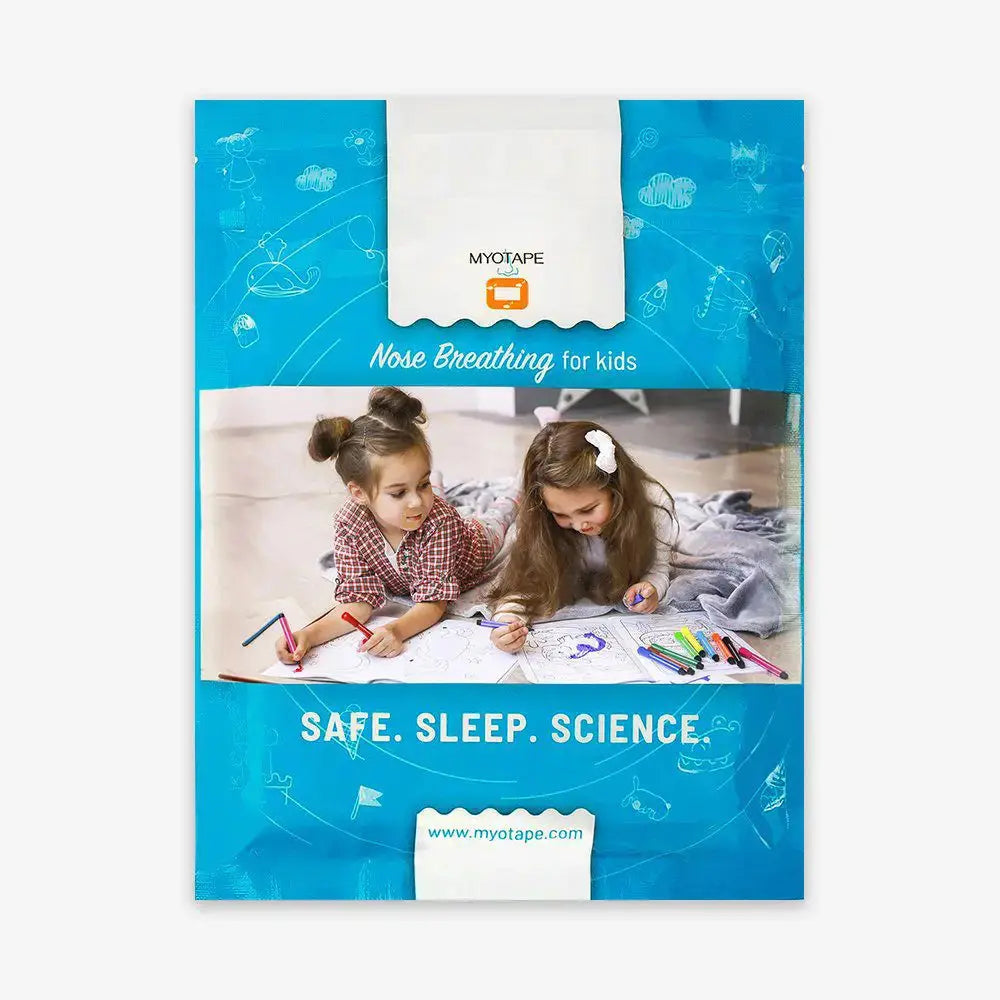
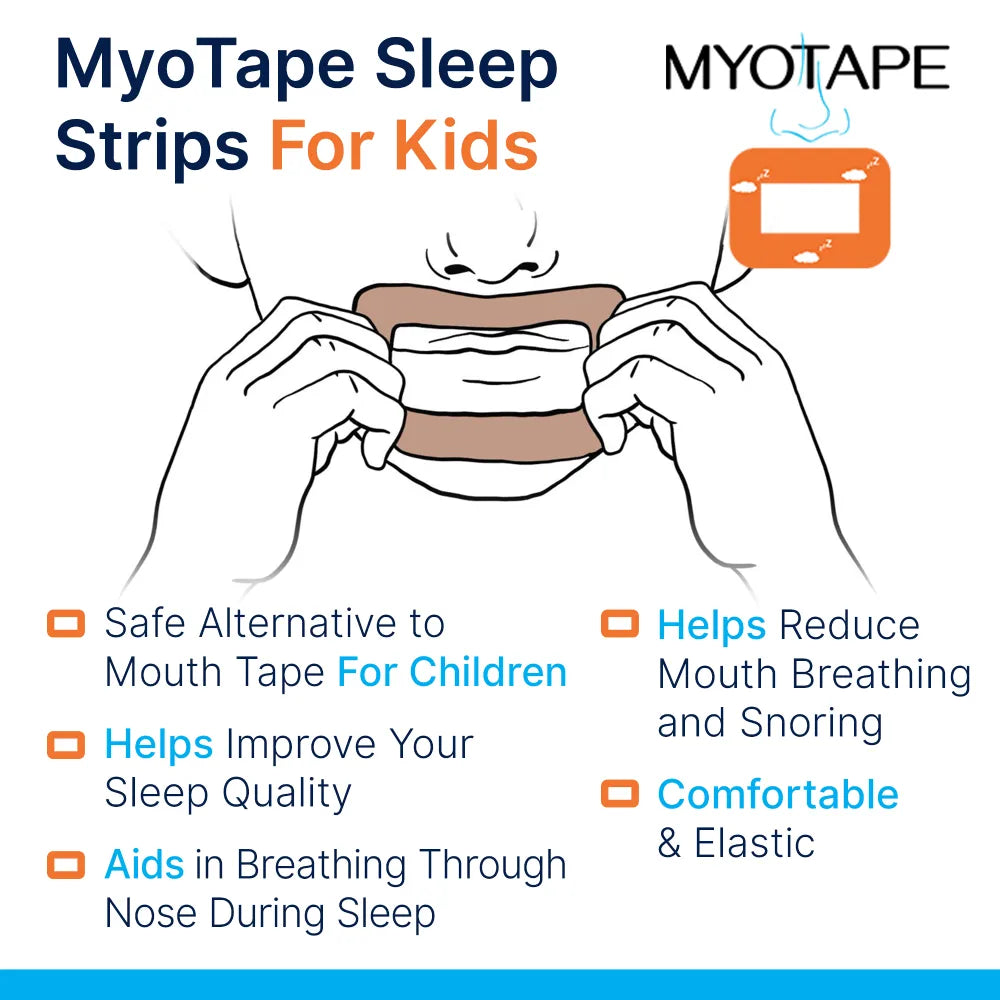
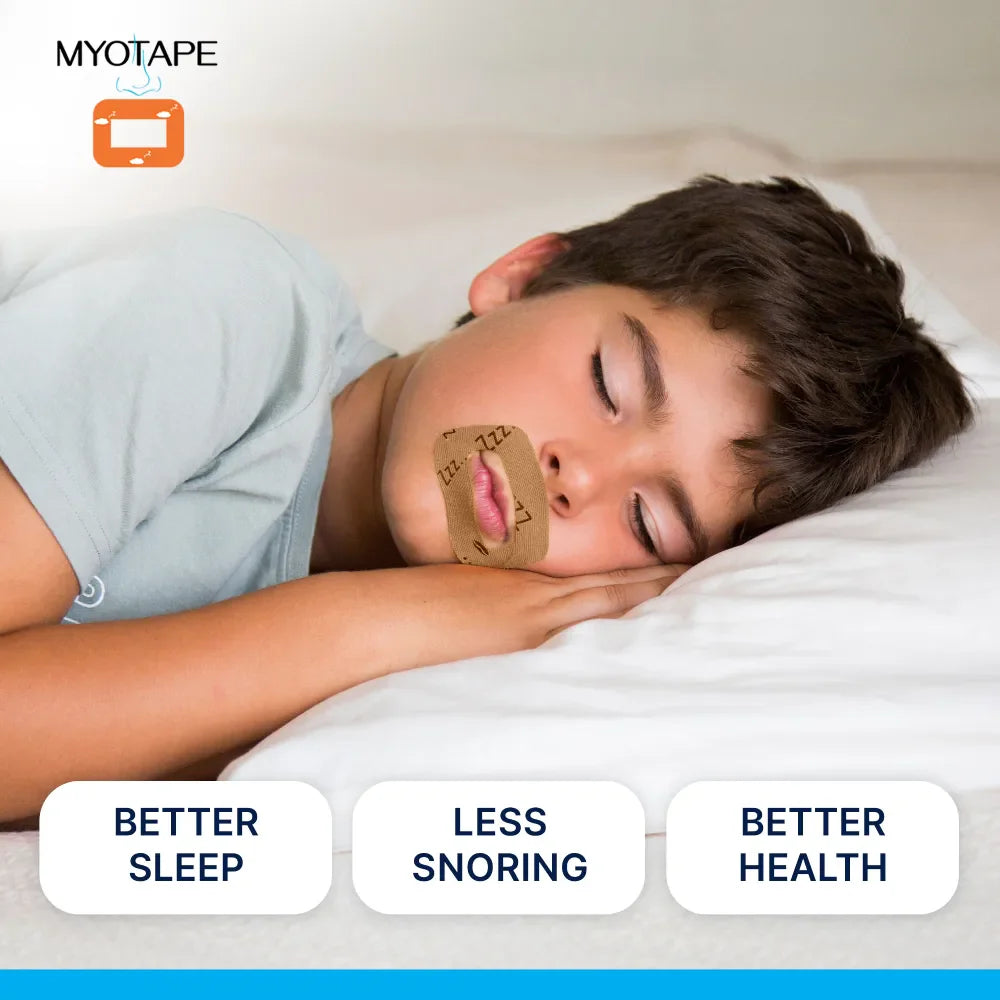
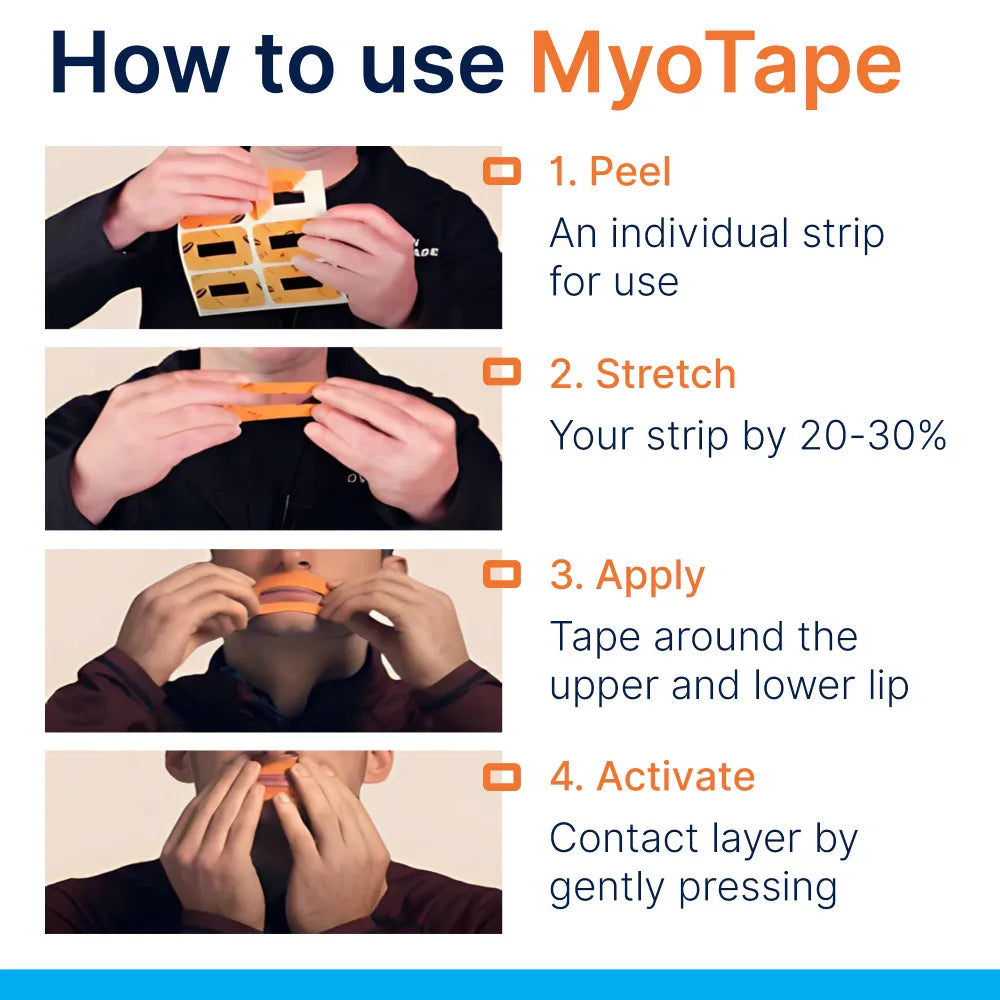
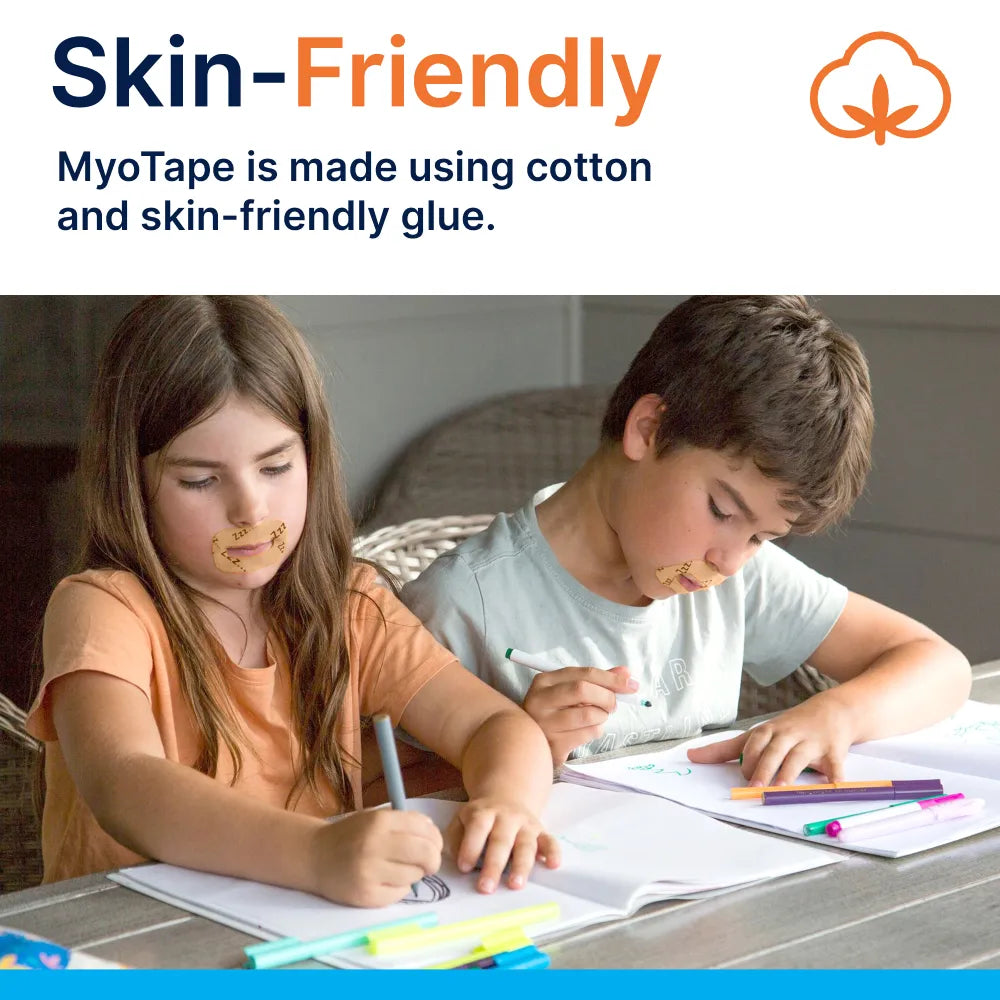










0 comments